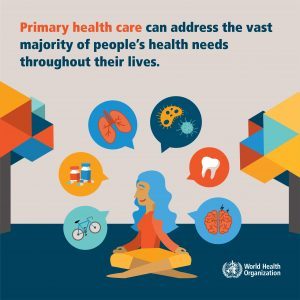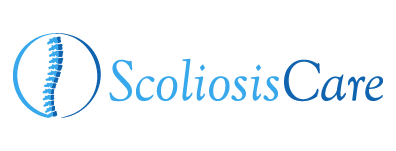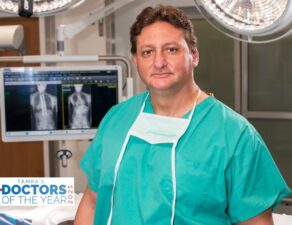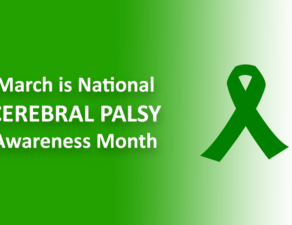
TAMPA, Fla. – Dr. David Siambanes, the founder of Scoliosis Care and director of Children’s Scoliosis Center in Tampa, is urging parents to prioritize regular scoliosis screenings for their children in an effort to raise awareness on the importance of primary health care for World Health Day.
Scoliosis screening is typically provided to 6th grade students enrolled in Tampa Bay area public schools, however medical evidence has shown that these programs are not a clinically effective method for finding scoliosis and can lead to missed cases or improper diagnoses.
Additionally, children who are regularly seen by their primary physician are often only tested for scoliosis once when they reach adolescence. Because these tests are not routinely performed, the identification of scoliosis in some children is not always discovered before it progresses or after it develops.
“In many cases, children undergo a standard scoliosis screening only once as they are approaching or going through adolescence. A one-time determination is not enough to ensure that a child’s spine is developing correctly during growth stages,” said Siambanes. “I encourage parents to speak with their child’s primary care physician to make scoliosis screenings a routine part of their annual physical exam. A thorough back exam may alert their doctor to a number of potential issues and facilitates early treatment.”
According to Siambanes, detecting scoliosis in its early stages provides parents and patients with a wider scope of treatment options. Even in cases where surgery is necessary, early treatment has been proven to significantly improve medical outcomes and provide patients with the best opportunity at a normal, pain-free life.
 World Health Day, which is observed on Sunday, focuses on raising awareness for a variety of issues affecting world health. One main issue is the role of primary health care to address the vast majority of people’s health needs throughout their lives.
World Health Day, which is observed on Sunday, focuses on raising awareness for a variety of issues affecting world health. One main issue is the role of primary health care to address the vast majority of people’s health needs throughout their lives.
“Health workers have a crucial role to play in educating patients on how to take care of their health. With a disease like scoliosis, which occurs most commonly during childhood and adolescence, it is essential for parents to understand the risks and how to safeguard their child’s health,” said Siambanes.
Although scoliosis is more prevalent in young adults, it is possible to require scoliosis treatment as an adult. According to the Scoliosis Research Society, adults with idiopathic scoliosis have more symptoms than teens because of degeneration in discs and joints.
Signs of scoliosis usually become evident between the ages of 10 and 15, although having scoliosis as an infant or developing scoliosis as an adult is a possibility.
According to the Scoliosis Research Society, the signs of scoliosis can include:
- One shoulder may be higher than the other.
- One scapula (shoulder blade) may be higher or more prominent than the other.
- With the arms hanging loosely at the side, there may be more space between the arm and the body on one side.
- One hip may appear to be higher or more prominent than the other.
- The head may not be exactly centered over the pelvis.
- The waist may be flattened on one side; skin creases may be present on one side of the waist.
- When the patient is examined from the rear and asked to bend forward until the spine is horizontal, one side of the back may appear higher than the other.
Dr. David Siambanes is a board-certified orthopedic surgeon and an expert in both operative and non-operative treatment of all forms of spinal deformities. In his current role at Scoliosis Center, Siambanes focuses on providing treatment for pediatric spinal deformities.







